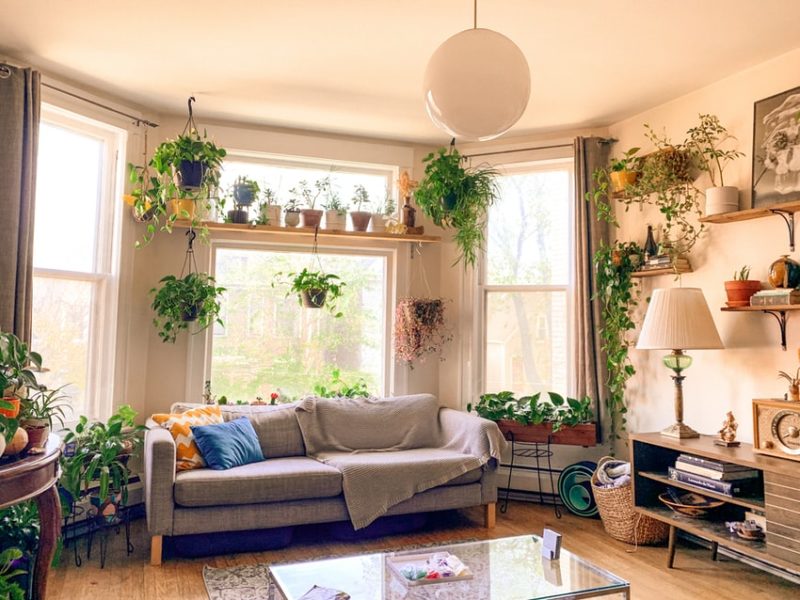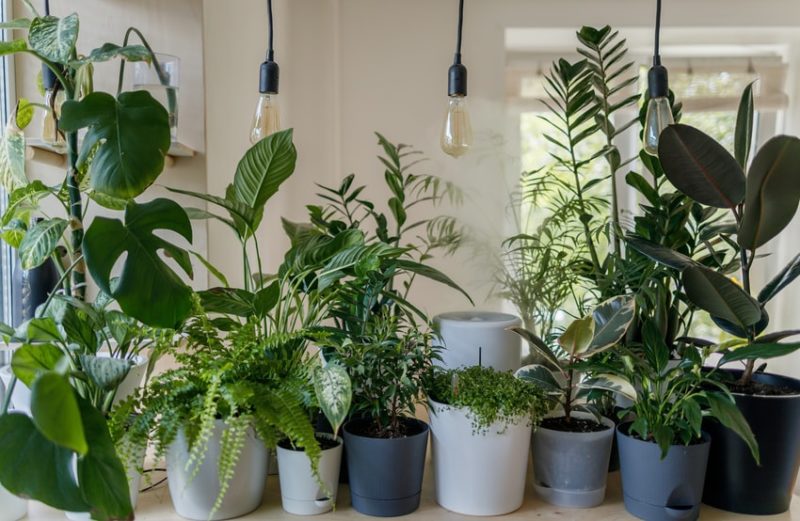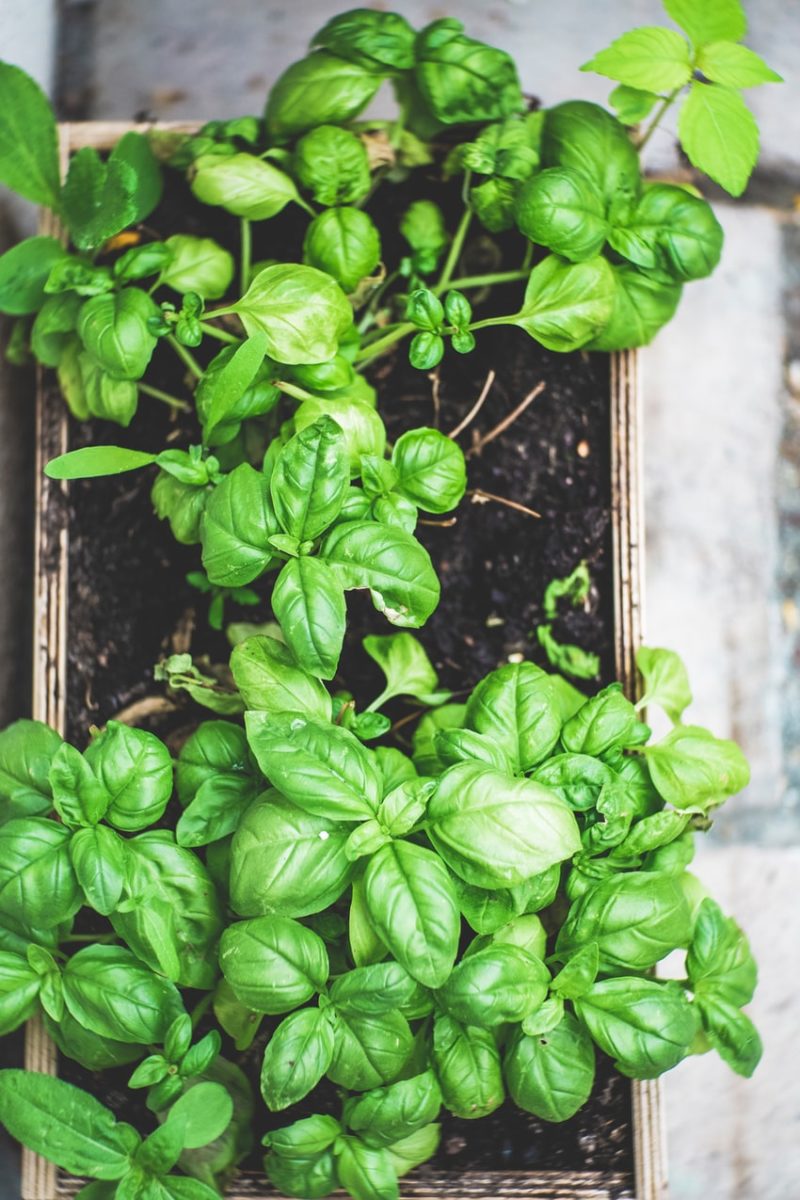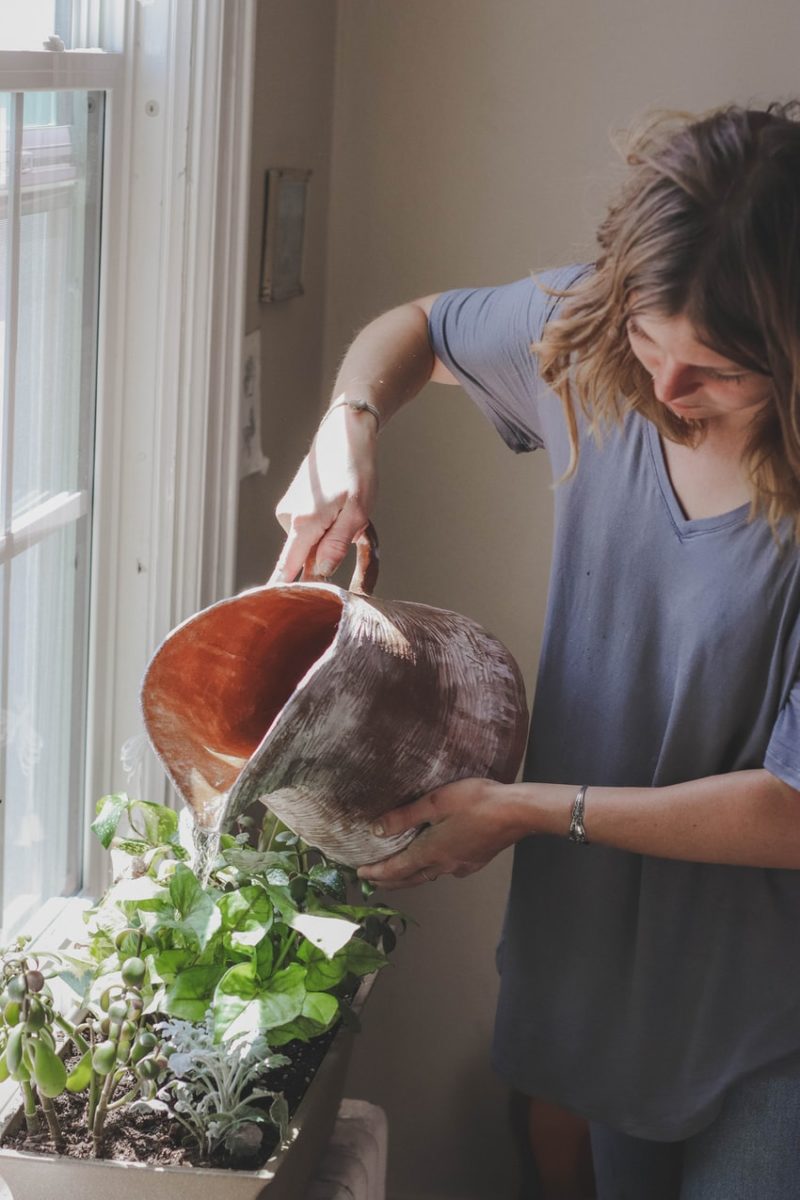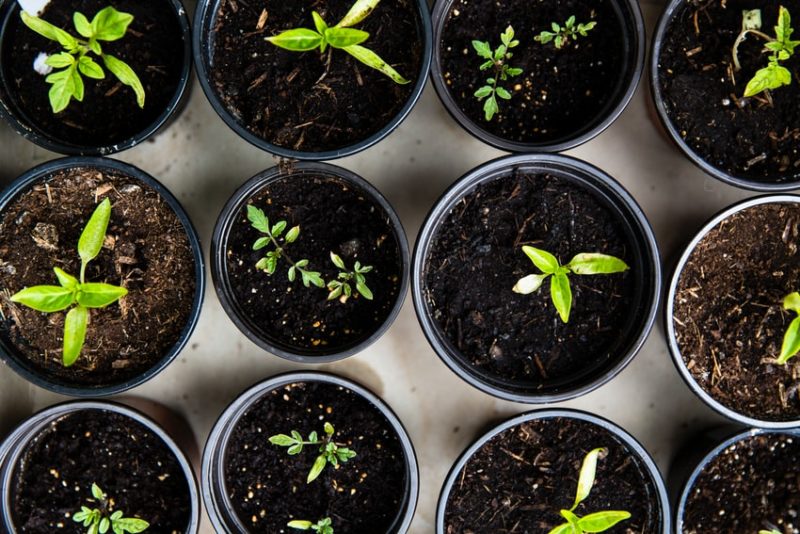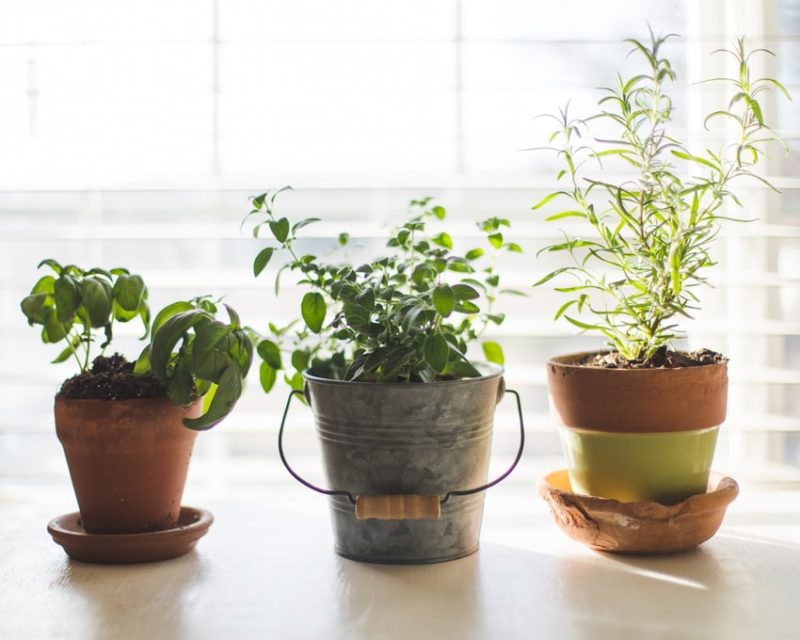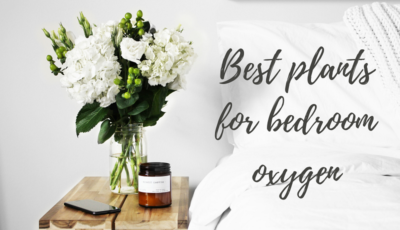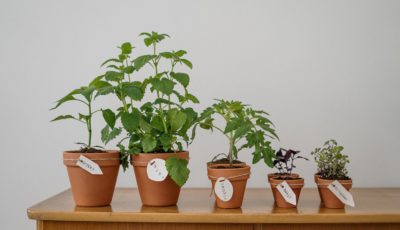How to Start an Indoor Garden in your Home
Don’t let the cold weather discourage you, as it’s pretty simple to start an indoor garden in your home during the winter months, too. It’s a fun activity for the entire family that comes with a lot of benefits. If you are still deciding whether it’s worth your time and efforts, we’re here to convince you. In this article, we’ll explain the benefits of creating a refreshing indoor garden and reveal the easiest ways to start it in your home.
Why should you start an indoor garden in your home?
There are many reasons why you should implement plants into your home decor, especially in the form of an indoor garden. Besides simply looking lovely, they also come with different practical benefits. Here are some of them:
- Improving air quality – Plants provide us with the most important element we need – oxygen. By growing different plants in your home, you’ll breathe healthier air as plants also purify it by absorbing gases.
- Boosting your well-being, mood, and productivity – Plants can positively influence our physical and mental well-being. They can help you boost your mood, increase your ability to heal more quickly, and kill off diseases. Also, they can positively influence our productivity.
- Reducing background noise – By refracting and absorbing sound waves, plants can reduce background noise.
- Fresh produce – There are many herbs and plants you can grow indoors. This way, you’ll have fresh and healthy ingredients. Plus, you’ll save money on your groceries.
Don’t let the fact you are a tenant or planning to move to a different home at some point discourage you from starting your home garden. You can take it with you once you decide to relocate. Nowadays, it’s simple to organize an easy transfer of your plants. There are plenty of excellent long-distance moving companies to safely handle your lovely indoor garden.
What to consider before starting an indoor garden?
Before you start choosing pots and plants, you need to plan your indoor garden. Plants need specific conditions to grow, so you need to consider the following things:
- Light – This is the most crucial factor to consider when choosing indoor plants. You should pick plants depending on the amount of light and other growing conditions in your home. Even if you lack natural light, you can compensate by installing grow lights.
- Humidity – Plants usually thrive when there’s a higher humidity level. However, humidity tends to change from season to season, so you must boost humidity levels when needed.
- Watering – Giving your plants too much water can do more harm than good. Each plant requires a different amount of water to grow, so you need to be mindful of this and do your research before potentially overdoing it.
- Container selection – Pot selection is an essential part of setting up your home garden. A right pot is necessary for healthy root development and growth as well as for proper drainage.
- Fertilizing – By regularly fertilizing your plants, you’ll be giving them the necessary nutrients. You need to investigate and choose the best fertilizers for your indoor garden. Just be careful not to overfeed your plants.
How to start an indoor garden in your home?
Any time is great for starting your indoor gardening experience. If you’ve been living in your home for a long time and looking for a fun and healthy way to refresh it, starting an indoor garden could be just the right thing for you.
On the other hand, if you are about to move to your new home, there is no better way to add a personal touch and make it your own than by starting an indoor garden. Therefore, once the experienced team from evlmoving.com helps you settle in your new home, roll up your sleeves, and start planting. Further in this article, we’ll explain how to easily begin this healthy adventure.
Choose a good place
The first step when starting an indoor garden is choosing a perfect location which depends on the amount of light. If it tends to get too hot or too cold outside, it’s best not to put plants right next to the window.
Decide what to plant
Once you’ve chosen a perfect location, it’s time to decide which plants you want to have in your home. Before you choose any plant, do your research and find out what kind of growing conditions it requires. For instance, if you want to grow vegetables, you can grow them from seeds, transplants, or food scraps. However, each type has different requirements for the best results.
On the other hand, things tend to get much easier if you are looking to grow herbs. Herbs are essentially grass, so they tend to thrive indoors, and you can harvest them often. They don’t take a lot of space either. All herbs are relatively easy to grow and maintain. Only rosemary and bay leaves tend to be a little more complicated.
How to start seeds?
Lastly, we’ll explain how to successfully start seeds:
- First, choose a suitable container and fill it with one to two inches of organic potting soil. Make sure to create an even plane. You can do that by smoothing the surface or gently pushing the soil down.
- The next step is to scatter seeds over the soil surface. Even if it looks like you’re using too many seeds, have in mind that microgreens grow pretty quickly. Also, you’ll be harvesting them while they’re sprout-sized.
- Afterward, cover the seeds with a layer of soil. Make sure to not use too much. If the soil isn’t fine enough, check if it needs sifting.
- Shower your seeds gently after putting the container into a dip tray.
- Place the tray in the area with optimal sunlight or under grow lights. Make sure to mist them with water a couple of times a week (of course, depending on the plant). The soil shouldn’t be soggy, so if you notice water accumulating in your drip tray, make sure to remove it.
Invite nature into your home
We hope we were able to inspire you to start an indoor garden in your home. It’s a great way to implement natural elements into your home design while at the same time improving your mental and physical health and lowering your environmental footprint.

